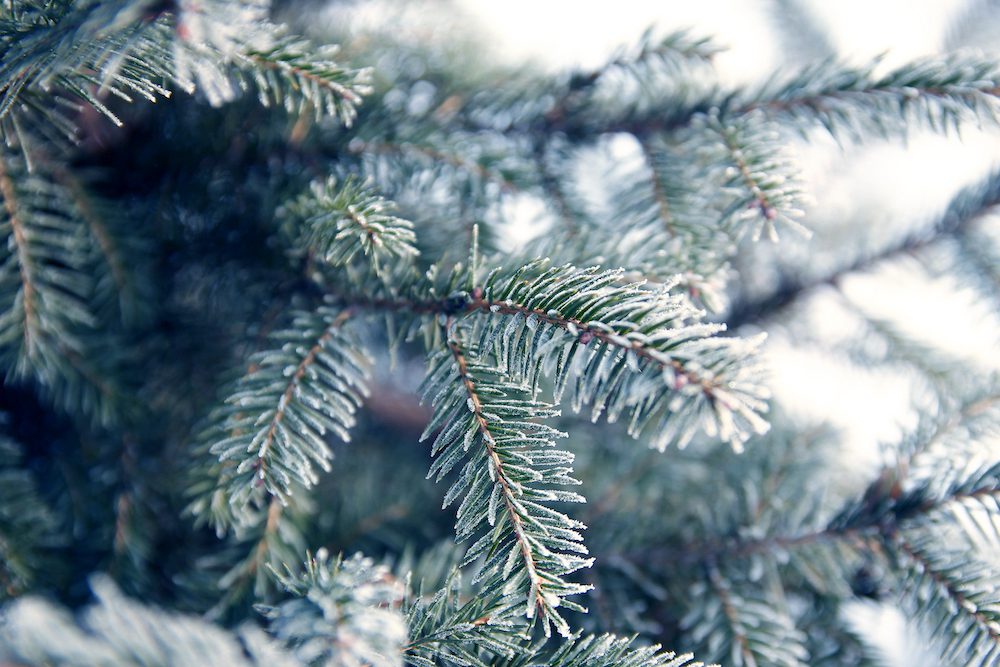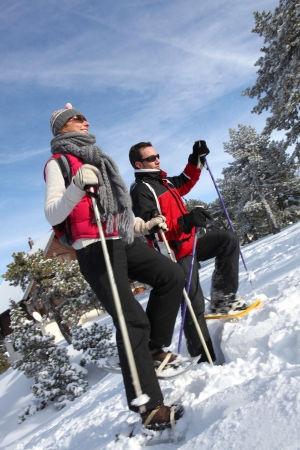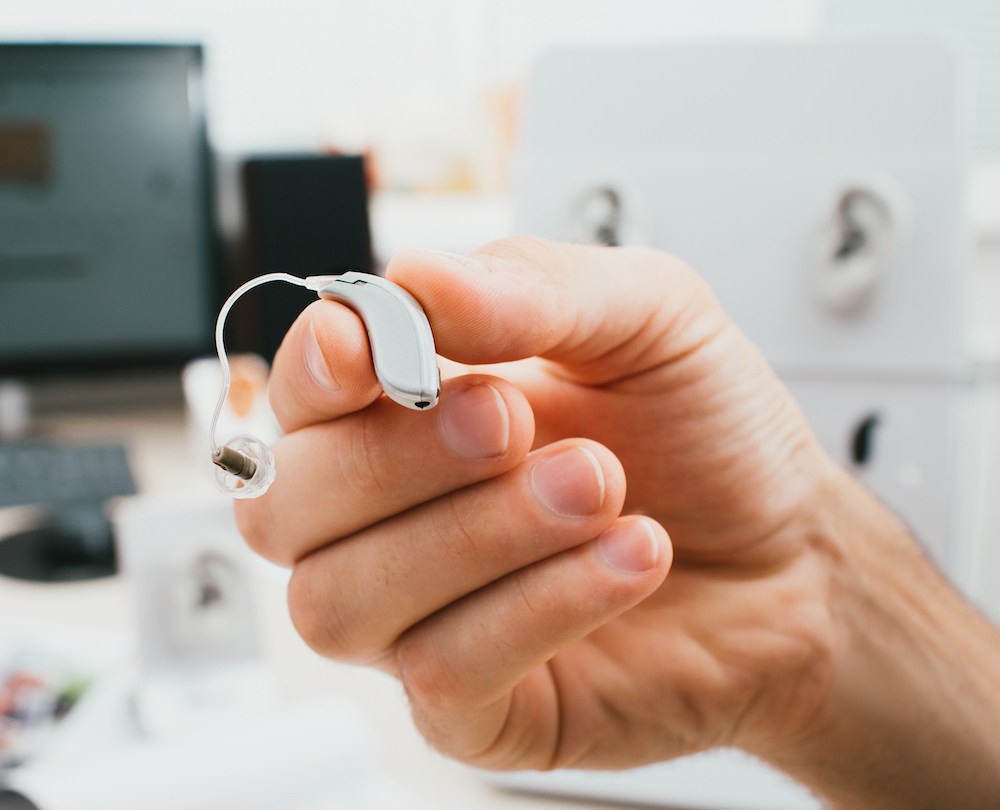How Wearable Tech is Merging with Hearing Aids
Decades of research have revealed a clear link between hearing loss and

By: admin | February 9, 2017
You’ve committed to your resolutions for the new year and packed up the holiday decorations for the long winter. In many parts of the country, you’ll need a hat and gloves to accomplish outdoor chores. You may also need to pay special attention to your hearing aids as colder weather and the loud sounds emitted by equipment of the season can spell danger for your hearing and hearing aids.

1. Use your memory settings for noise reduction.According to the American Speech-Language-Hearing Association, prolonged exposure to noise at a level of more than 85 dB (decibels) can result in permanent hearing loss, and snow blowers and snowmobiles emit sounds louder than 100 dB. Since hearing aids amplify sounds in your environment, and you want to protect your hearing from further noise damage, adjust your hearing aids accordingly. Check with your hearing healthcare professional to see if your hearing aid has memory setting features. If so, ask them to program one for aggressive noise reduction.
2. Protect with earmuffs. Earmuffs aren’t only for keeping your ears warm while you’re skating on the neighborhood pond or ice fishing with your favorite nephew. Specialized earmuffs are available specifically for protecting your ears from damaging noise. Even if you already have hearing loss, further damage from noise is almost completely preventable by simply limiting your exposure. Noise reduction earmuffs are not just for winter. In fact, they will come in handy many times throughout the year. Whether you’re using your noisy lawnmower in the spring, enjoying a fireworks show in the summer and taking in a football game in a noisy arena, earmuffs will keep the noise level safe. Depending upon the style you choose, expect to pay anywhere from $10 on up for earmuffs that reduce noise by as much as 30 dB.
3. Buy a pair of sweat bands. Summer isn’t the only time hearing aid wearers need to worry about moisture damaging delicate hearing aid components. Some active wearers continue to work up a sweat outdoors while enjoying winter sports. You may also get caught outside during periods of heavy snow or freezing rain. To minimize the amount of moisture your behind-the-ear hearing aids are exposed to as a result of perspiration — or precipitation — during the winter months, invest in hearing aid sweat bands. These accessories are available in a variety of colors and sizes, with an average price of $20 per pair. Most of them are washable and slip on easily, acting as a moisture repellant and providing a wind screen for your microphone. If your hearing healthcare provider doesn’t sell them, you can find them easily online.
Winter can be an active time, so take special care of your hearing aid investment.
4. Keep batteries dry. Hearing aid batteries are adversely affected by changes in temperature, so it’s extremely important to keep the battery compartment free from moisture. Inspect your hearing aid before you turn it off at night, making sure to remove the batteries and wipe the battery compartment thoroughly with a soft, dry cloth before storing.
5. Purchase a dehumidifier. Extreme changes in temperature can cause condensation inside your hearing aids, which can keep them from functioning properly. Consider investing in a hearing aid dehumidifier if you haven’t already done so. This inexpensive piece of equipment can help prolong the life of your hearing aids by safely and effectively removing moisture overnight as you sleep. Some even sanitize hearing aids during storage. Ask your hearing healthcare professional if this accessory can help you. Dehumidifiers range in price from $5 to $100 and can be purchased online, through your hearing care provider or in many drug stores.
Reprinted with permission from www.healthyhearing.com. Please visit our site for the original article: https://www.healthyhearing.com/report/50862-Top-five-hearing-aid-tips-for-winter

Decades of research have revealed a clear link between hearing loss and
By: admin | March 26, 2024

Getting your hearing aid fitted can take anywhere from 30 minutes to an
By: admin | December 11, 2023

Finding the right hearing instrument specialist (HIS) is one of the most
By: admin | November 12, 2023
